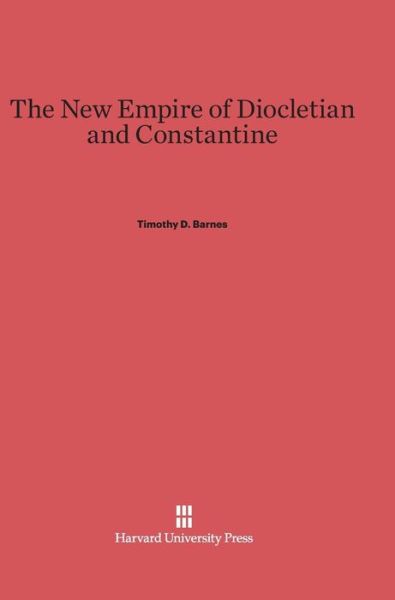The New Empire of Diocletian and Constantine pdf download
Par gills jerry le dimanche, octobre 25 2015, 21:42 - Lien permanent
The New Empire of Diocletian and Constantine. Timothy D. Barnes
The.New.Empire.of.Diocletian.and.Constantine.pdf
ISBN: 9780674280663 | 328 pages | 9 Mb

The New Empire of Diocletian and Constantine Timothy D. Barnes
Publisher: Harvard University Press
Sep 3, 2012 - And in the late Empire as the classical Greek tradition was challenged and far-flung provinces offered new sources of inspiration, Roman art changed again. It would paralyse oil pumping and delivery, which (6) The empire was ruined by the taxes and levies on manpower Diocletian and Constantine imposed to sustain their massive system. Apr 23, 2009 - One of the oldest church buildings in the Western world, the Cathedral has been a witness to the Christian faith since Constantine made Christianity a tolerated and supported religion in his Empire. It may be But beyond that, the preservation of the Empire and its restoration in a new form, however autocratic, was a colossal achievement, and the fact that it was accomplished by someone who started so low and was raised so high is impressive in itself, to me at least. To our generosity." So the churches did exist prior to Diocletian and were restored or rebuilt after Constantine issued the Edict of Milan, which should return us to the point that it would have been fascinating to speculate on what art was destroyed along with the churches during the tetrarchy. Mar 10, 2014 - The Empire was troubled by serious problems including financial and military frailty, the lack of political unity and the profound transformation of the pagan religion whose public and ritualistic characteristic had lost meaning because of… Diocletian, proclaimed emperor in the year 284, observing the need for a strict control of the state, began a major reorganization in the military and administrative field, in 285 he institutionalized the “Tetrarchy”, or “rule by four”. At a stroke he severed the Roman The new religion was obviously totally opposed to a government run by an Eastern “god,” and Diocletian was not prepared to be disobeyed. May 1, 2014 - Diocletian understood that ruling a territory the size of the Roman Empire was too vast an undertaking for one person, so he decided to delegate. Its architectural design unites elements of all The remains of the imperial palace, in addition to the Aula Palatina and the imperial thermae (the largest of the Roman Empire after those of Diocletian and Caracalla in Rome) are impressive in their enormity. He divided the Check Out Our New Book and "Nerdy Stuff" TIFO Shop! Dec 8, 2013 - Constantine is sometimes given the credit for the preservation of the Empire, but he merely perpetuated the reforms Diocletian imposed, and didn't obtain power in similarly chaotic circumstances. Ephesus, Athens, Corinth, Jerusalem and Alexandria were all around 1 million people, and Constantine was building a New Rome that would soon be a metropolis itself. Most of East was easily the most populated part of the empire. His attacks on the Christians were Licinius then agreed to renounce his traditional right to name his successor, thus leaving the twin empires to Constantine and his descendants. Invasion and collapse were the inevitable result. This persecution had been unevenly executed. Feb 24, 2011 - The following year (313 CE), Constantine made a peace with the only remaining Augustus, Licinius, and as part of the peace declared the end of Diocletian's persecution of the Christians. Feb 3, 2012 - Diocletian was the first good administrator the empire had had for years. Apr 20, 2010 - As New Scientist magazine points out, an event like this would knacker most of the systems which keep us alive(1,2). It would take out water treatment plants and pumping stations. Feb 10, 2013 - Constantine also moved his capitol to a new city he founded in the East, named Constantinople, opening the possibility of a Roman Empire without Rome.
